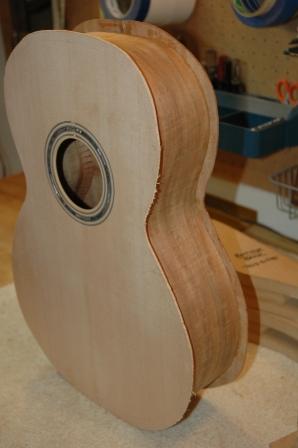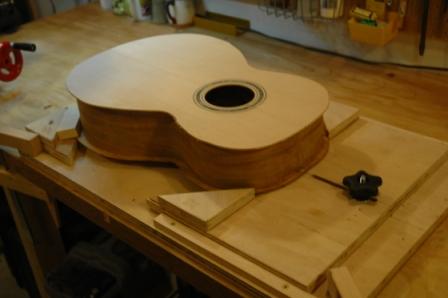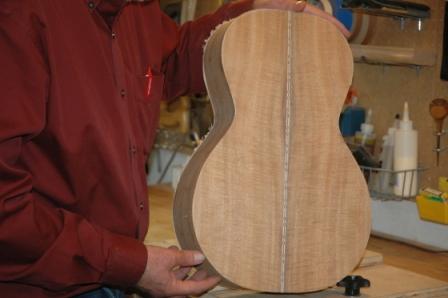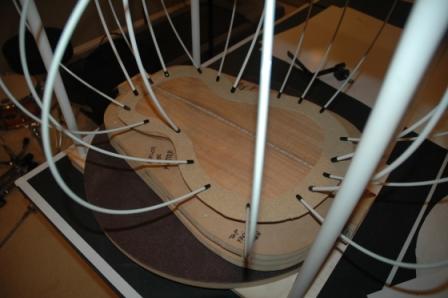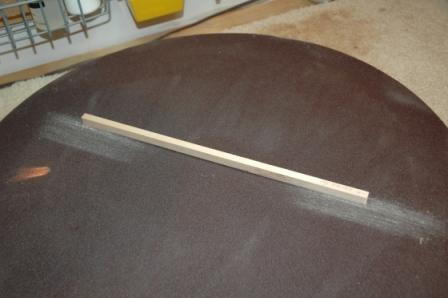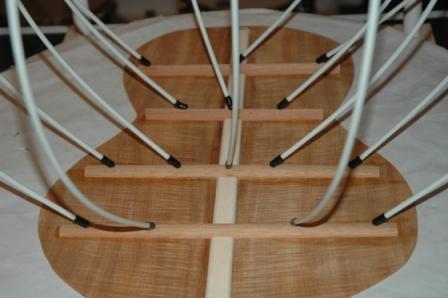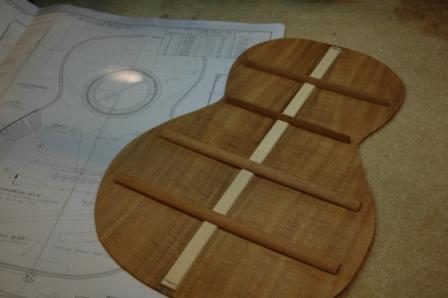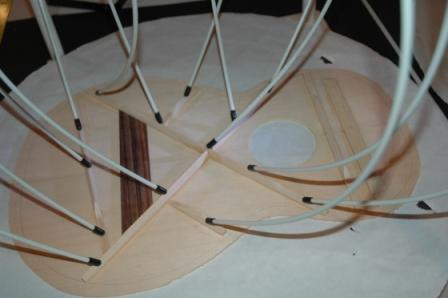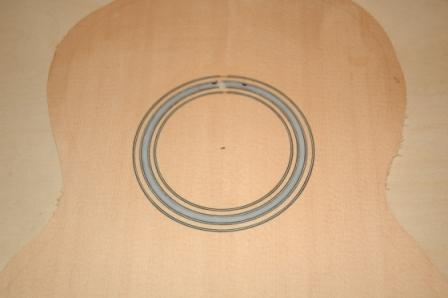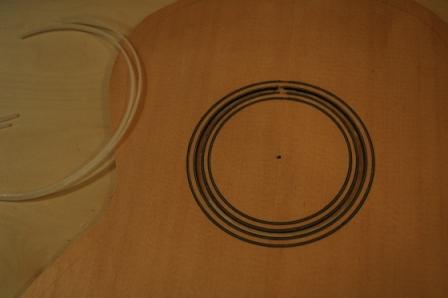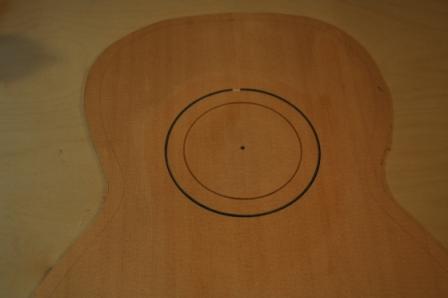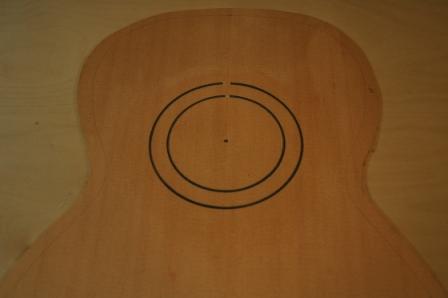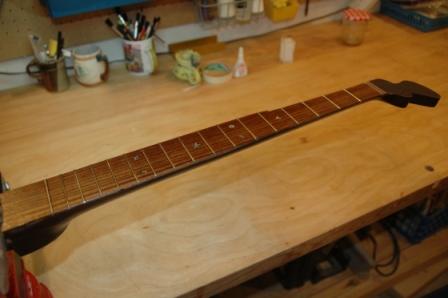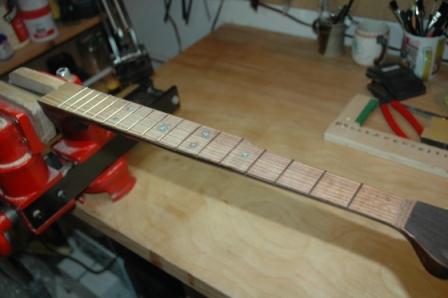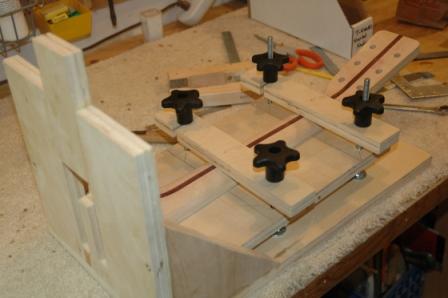Guitar 803 – Reset neck, then keep shaping
September 30, 2008
As the neck needed further “adjusting”, I remounted the neck in the jig, knowing that I needed to increase the neck angle ever so slightly. I just barely adjusted the angle from the original setting, and rerouted out a new angle, and, viola! it was dead on.
Took a measurement on the neckand the fretboard, marked up, and continued rasping toward the perfect shape.
Mounted the end cap with a scrap of rosewood, then tested fit of everything. Just a bit more neck shaving to do to get it to the same dimension as the fretboard. I think I have the right shape, but will have Larry hold and suggest any adjustments. Hey, there’s a benefit to a custom, you can get the neck shape just as you like it!


